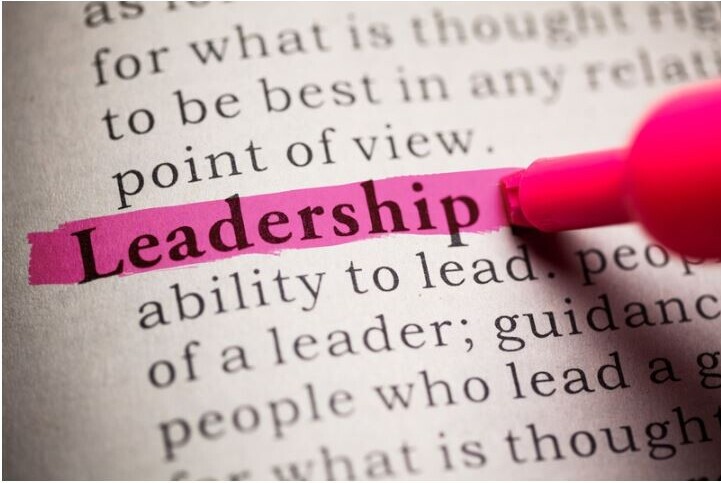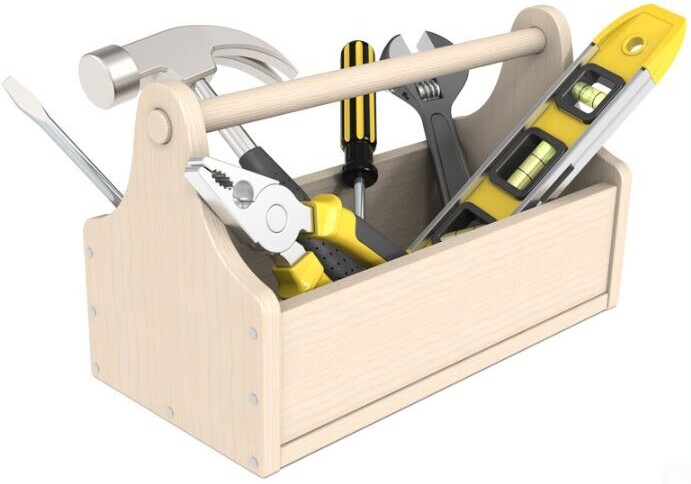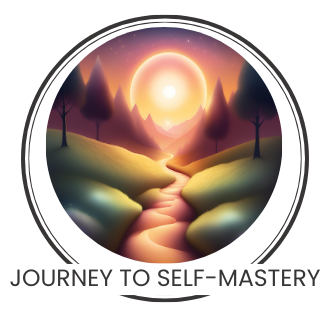 Emotional intelligence, or EI, might sound like some fancy jargon, but it’s really all about understanding and managing emotions—yours and others’. It plays a big role in how we interact and lead, making it crucial for anyone in a leadership position.
Emotional intelligence, or EI, might sound like some fancy jargon, but it’s really all about understanding and managing emotions—yours and others’. It plays a big role in how we interact and lead, making it crucial for anyone in a leadership position.
In decision-making and leadership, EI is like your secret sauce. Leaders with high EI are better at handling stress, communicating ideas clearly, and building strong, collaborative teams. It’s not just about having technical skills; emotional smarts make a huge difference in leadership effectiveness.
Attributes of an emotionally intelligent leader include self-awareness, empathy, and excellent communication skills. When leaders understand their emotions, they can manage their reactions better and lead by example. People naturally respond to those who listen and show genuine concern for their team’s feelings.
With teams, EI influences dynamics through improved trust and cooperation. An emotionally intelligent leader fosters an environment where team members feel heard and valued. This contributes to higher morale and better problem-solving capabilities.
So, what tools can we use to boost our emotional intelligence? There’s a wide range of options. From self-reflection journals to empathy exercises, these tools are all about honing those emotional skills to lead more effectively. I’m excited to share these with you and see how they impact your journey as a leader.
The 5 Essential Tools for an Emotionally Intelligent Leader

Self-awareness kicks off the list of tools every emotionally intelligent leader needs. It revolves around understanding your own emotions and how they influence thoughts and behaviors. Keeping a reflection journal can be a game-changer here, providing insights into emotional patterns and growth over time.
Active listening might seem straightforward, but it’s a skill that separates great leaders from the rest. Engaging fully with team members and acknowledging their input boosts morale and trust. Techniques like summarizing what you’ve heard or asking follow-up questions can really sharpen your listening skills.
Empathy mapping helps leaders step into the shoes of their colleagues. It’s about visualizing others’ experiences to cultivate a deeper understanding and connection. This tool requires you to ask useful questions and predict responses, which builds stronger relationships.
Effective communication is more than just talking—it’s about clarity and connection. Leaders who communicate effectively blend body language, tone, and messaging to motivate and inspire. Feedback mechanisms, like regular one-on-ones or team surveys, help refine this tool.
Conflicts are bound to happen, and stress is part of the package in leadership. But with robust conflict resolution and stress management tools, leaders can navigate these hurdles with ease. Techniques like mediation and stress-reduction exercises ensure that challenges are met with a level head.
Decoding the 5 C’s of Emotional Intelligence
The 5 C’s of Emotional Intelligence offers a framework to enhance how leaders operate both personally and professionally. Let’s break down these components that can elevate your emotional game in leadership.
Consciousness involves becoming aware of your emotional surges and responses. It’s about tuning into the why behind your feelings. Knowing what triggers your emotions allows you to tackle them head-on, making healthier choices amidst stress or conflict.
Competence in emotional intelligence is about mastering social and emotional skills. Think of it as building a toolbox for understanding and interacting with people better. These skills encompass empathy, conflict resolution, and adaptability—crucial traits for creating a positive team environment.
Connection is where leaders really shine. It involves fostering genuine relationships built on trust and respect. Whether it’s with team members, clients, or stakeholders, emotionally intelligent leaders know how to build bridges, not walls.
Cognizance is all about awareness of emotional triggers. By keeping tabs on what sets you off, leaders can maintain control over their emotional responses, ensuring that knee-jerk reactions don’t derail thoughtful decision-making.
Control is managing emotions and reactions wisely. It’s about maintaining a steady course, even when emotions run high. Leaders with control over their emotional responses can face challenges with poise, offering stability to those around them.
Strategies to Improve Your Own Emotional Intelligence
Mindfulness plays a crucial role in enhancing emotional intelligence. It’s about staying present and aware of your thoughts and feelings without judgment. Mindfulness practices, like meditation or deep breathing, help clear the mental clutter and keep emotions in check.
Regular emotional check-ins are a fantastic way to track how you’re feeling and responding to situations. Think of these as routine maintenance for your emotional health. They offer insights that lead to better emotional management over time.
Empathy isn’t just for others—it’s important to direct some towards yourself too. Tune into your own emotional needs and challenges. Practicing compassion helps you understand and appreciate your emotions, making it easier to extend the same understanding to others. I think this point is key. Similar to the concept of putting on your mask first in an airplane emergency, you have to help and take care of yourself first before you can effectively help others. It’s not being selfish but rather its being smart.
Role-playing scenarios and exercises can be incredibly effective for building empathy and emotional responses. By putting yourself in different situations, you not only practice empathy but also prepare for real-life applications. This builds a stronger emotional muscle.
To really boost your emotional intelligence, keep learning. Books, workshops, and courses on EI provide fresh perspectives and insights. With each new piece of understanding, you’re expanding your toolkit, which helps you handle emotions more adeptly in all areas of life.
What is an Emotional Intelligence Tool? An In-Depth Exploration
An emotional intelligence tool is essentially anything that helps you understand and manage emotions better, both in yourself and others. These tools can range from tangible products, like journals or apps, to more abstract methods, such as techniques for self-reflection or communication strategies.
Different types of EI tools cater to varied needs. Some focus on self-awareness, aiding you in recognizing and labeling emotions, while others enhance interpersonal skills, like active listening or empathy exercises.
Incorporating EI tools into daily life can foster significant personal and professional growth. They help individuals navigate complex emotional landscapes, leading to improved relationships, enhanced team collaboration, and better stress management.
Examples of successful EI tool usage can be seen across many fields. A manager might use empathy mapping to better understand team dynamics, or a teacher might implement mindfulness exercises in the classroom to help students manage stress and enhance learning.
Choosing the right EI tools involves understanding your specific needs and goals. Consider what aspects of emotional intelligence you wish to strengthen and experiment with different tools to find what works best for you.

Your post on emotional intelligence tools resonates deeply with my experience as a team leader. Active listening, in particular, has been transformative for me. Regularly practicing summarizing team input and asking open-ended questions has not only improved trust but also fostered a collaborative atmosphere. Additionally, incorporating mindfulness exercises has significantly enhanced my emotional control during high-stress scenarios. These strategies align perfectly with your insights. Thanks for emphasizing practical tools that genuinely make a difference in leadership!
Hi Oxteumessia and thank you for commenting and sharing your experience! I greatly appreciate it!
Hello Herman!
This article on tools to boost emotional intelligence as a leader really resonated with me. In my experience, understanding and managing emotions—not just my own but also those of anyone I interact with regularly—has been transformative. For instance, active listening and empathy have helped me defuse tense situations and build stronger connections.
One tool that stood out to me in the article was the emphasis on journaling for self-reflection. I’ve found that journaling not only clarifies my thoughts but also highlights patterns in my reactions. Have you used any of these tools yourself? How did they shape your leadership journey?
Angela M 🙂
Hi Angela! Thank you for commenting. My go-to tool is journaling. Whether its just a word, random thoughts, or a full fledged mind dump, just the act of taking the time to sit down and get “stuff” out of my head and onto paper or my notes app does wonders for me mentally and emotionally. If I want to mix things up a bit, I’ll ask ChatGPT to act as therapist and create a random emotional journaling prompt for me and then I commit myself to responding to that prompt!
This is an insightful post about the role of emotional intelligence in leadership. I appreciate the detailed breakdown of tools and strategies, such as empathy mapping and mindfulness practices, which seem highly practical for fostering better relationships and team dynamics. The 5 C’s framework is particularly intriguing—how do you think leaders can best develop the “Control” aspect, especially under high-pressure situations? Are there specific techniques or exercises you recommend to maintain composure and balance during challenging moments?